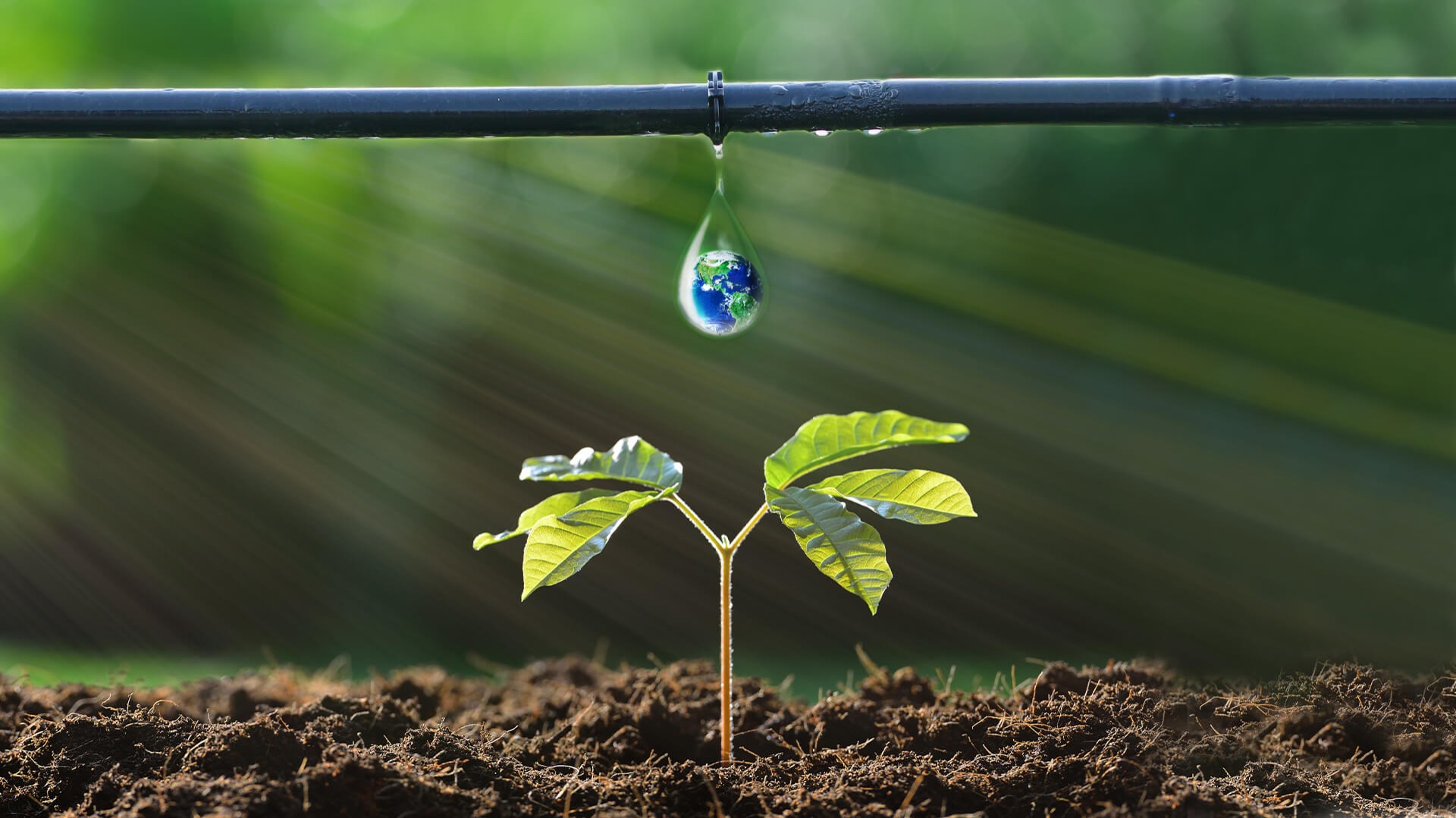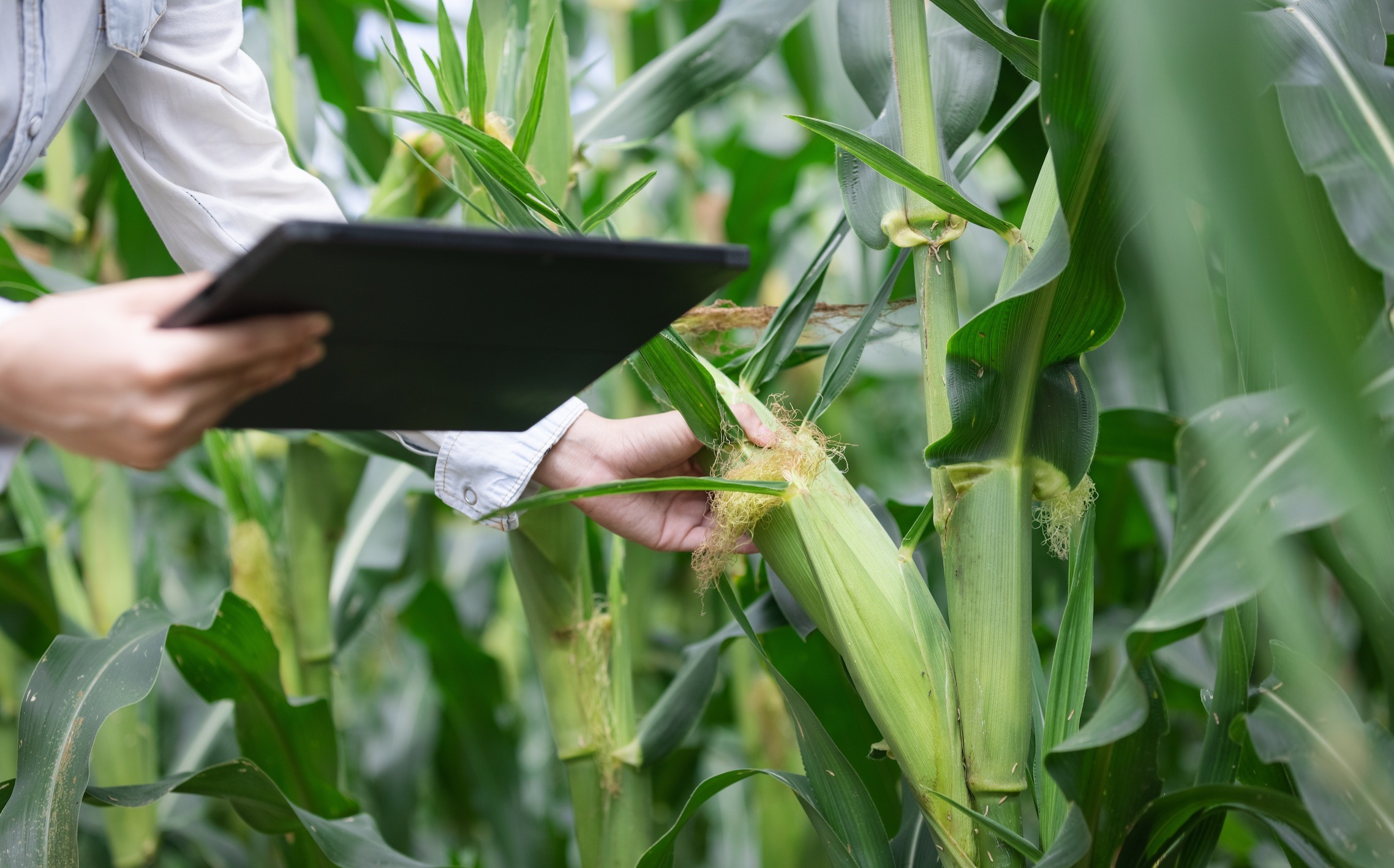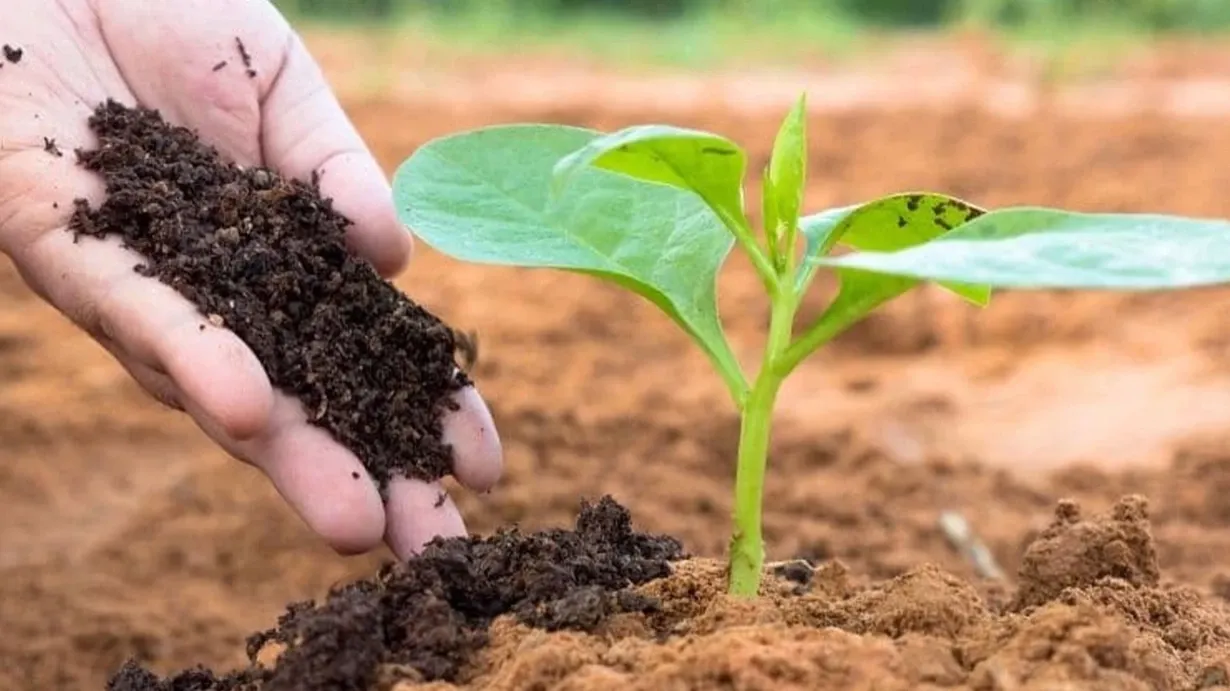We use cookie to improve your experience on our site. By using our site you consent cookies. Learn more
One of the most effective ways to increase agricultural productivity and use natural resources efficiently is through precision agriculture. This approach allows targeted interventions based on the specific needs of each part of a field, improving yield while minimizing the waste of water, fertilizer, and energy. With the support of technology, precision farming enables smarter, data-driven decisions.
What is Precision Agriculture?
Precision agriculture refers to the use of GPS, remote sensing, soil sensors, and data analytics to optimize farming operations. It allows farmers to assess different zones within a field separately and apply customized treatments. Unlike traditional farming, which applies the same method across all areas, precision agriculture adapts to the real-time needs of the plant or soil.
Applications
-
Soil Monitoring: Sensors detect moisture, pH, temperature, and nutrient levels. Based on these readings, irrigation and fertilization schedules are optimized.
-
Remote Sensing & Drones: Plant health, growth, and stress levels are monitored from above, enabling quick identification of areas needing attention.
-
Variable Rate Technology (VRT): Equipment adjusts the amount of input (fertilizer, pesticides, seeds) applied in different zones, reducing costs and environmental impact.
Efficiency and Sustainability
Precision agriculture supports sustainability by preventing water waste, limiting fertilizer overuse, and minimizing pesticide application. This not only protects the environment but also reduces operational costs. In addition, data-driven farming enhances crop quality and consistency.
Farming of the Future
In the face of growing global food demand and the impacts of climate change, efficient use of agricultural resources is more crucial than ever. Precision agriculture offers a powerful solution and is expected to become a cornerstone of future farming systems.




